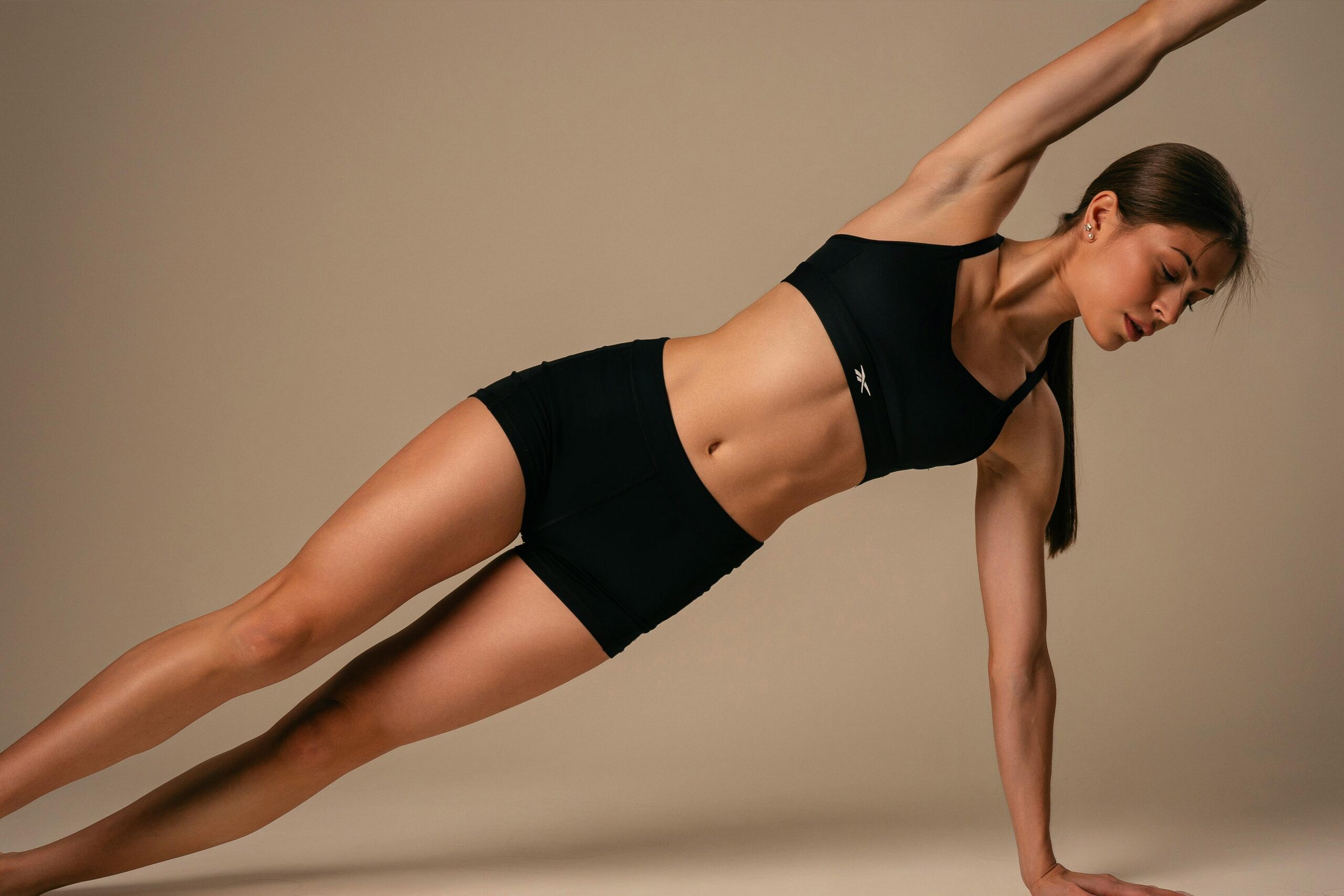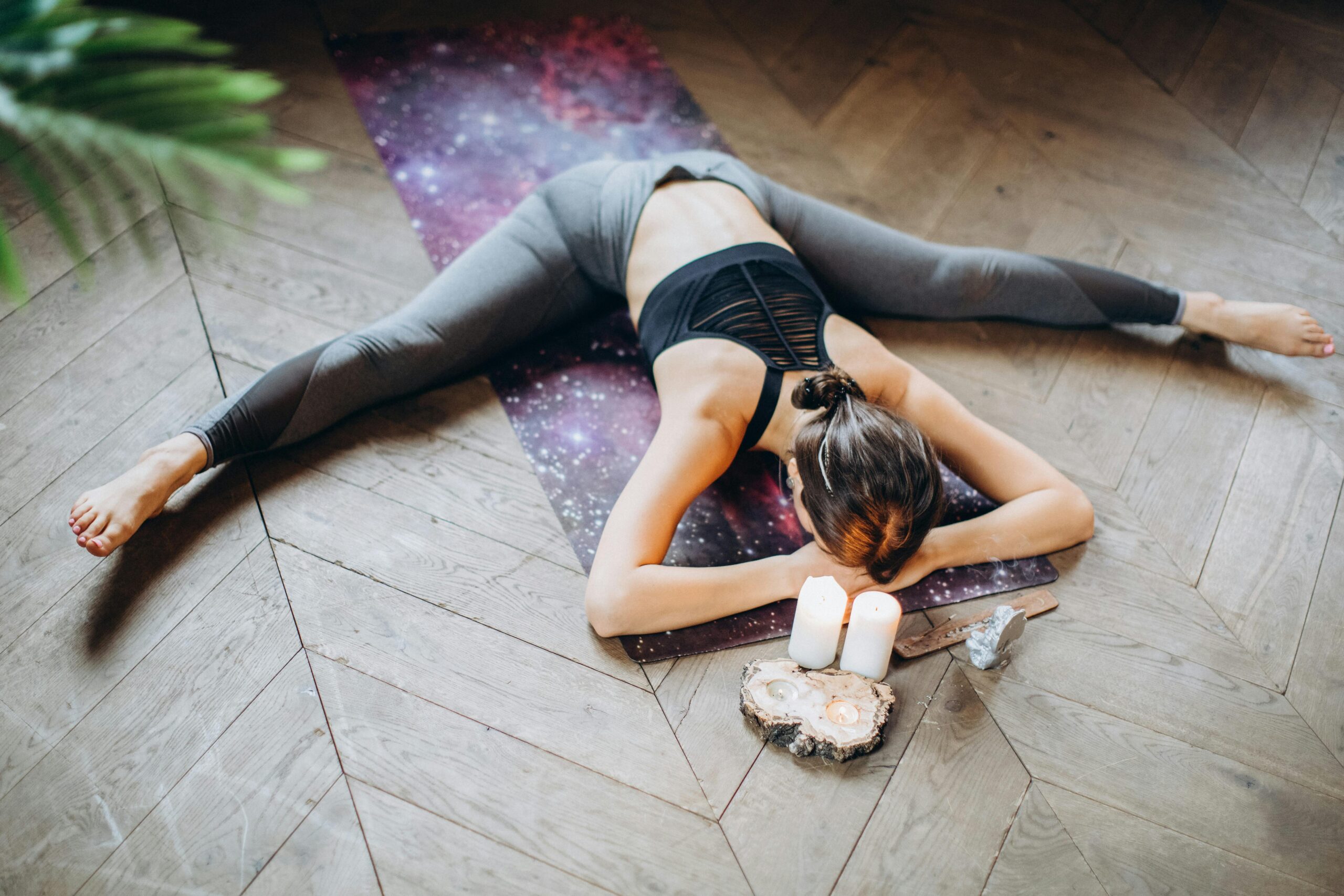
Introduction
Yin Yoga refers specifically to a level of yoga practice that produces a gentle but very deep path of transformation and focuses on the deep stretching of the tissues and inner silence. In comparison with active or Vinyasa, or Ashtanga style practices, Yin Yoga encourages the participant to take his/her time, keep the breath long, and rest in positions that last longer, usually 3-5 minutes or longer. Ancient Chinese philosophies and Taoist principles underpin Yin Yoga, which aims at working on connective tissue of the body instead of muscles only.
—
The Origins and Philosophy of Yin Yoga
Martial arts master, yoga teacher Paulie Zink popularized Yin Yoga in the late 70s in the West and was later advanced by Paul Grilley and Sarah Powers. Its philosophy is deeply influenced by Taoist concepts of balance—specifically the balance between yin (passive, cool, inward) and yang (active, warm, outward) energies. In this respect, the majority of the modern forms of yoga can be referred to as yang as they involve muscle stimulation and movement. Yin Yoga complements this by emphasizing stillness and surrender.
From a Traditional Chinese Medicine (TCM) perspective, Yin Yoga is believed to help balance the flow of energy, or “Qi,” in the body by stimulating meridian lines—the same energy pathways targeted in acupuncture. This excitation helps organ vitality, spiritual harmony and well-being.
—
Key Characteristics of Yin Yoga
1. Long-held Poses
During Yin Yoga, the positions are maintained in few minutes increments. This extended length size enables the practitioner to reach down to the deeper levels of the body particularly the fascia, which is a web of connective tissue enwrapping the muscles and the organs.
2. Passive Approach
Yin is not muscularly involved as other forms of yoga which are more active. Practitioners are instead advised to fully relax their body muscles balanced by props such as bolsters, blocks, etc.
3. Minimal Movement
The average Yin Yoga practice consists of a comparatively small set of poses i.e., 5-10 poses that offer us time to explore each of the postures. It is focused on letting go and focusing on the body and emotional feelings.
4. Mindfulness and Meditation
Yin Yoga is often considered a meditative practice. Through long maintenance of poses, the students are welcome to train mindfulness and be aware of the breath, thoughts, and feelings without any judgment.
—
Benefits of Yin Yoga
1. Increased Flexibility and Joint Health
Through stretch, Yin Yoga also enhances flexibility in the joints and the connective tissues. It is particularly useful on such parts as hips, pelvis, and lower spine, which tend to stiffen when sitting a long time or as we get older.
2. Stress Reduction and Emotional Release
Yin Yoga is slow, present and mindful and it engages the parasympathetic nervous system to stop the balance of stress and relax. It is also possible to resurrect buried feelings through holding, and this provides emotional healing and release.
3. Improved Circulation and Energy Flow
Yin Yoga improves the blood, lymph, and vital circulation across the body in general stimulating the meridians and fascia in particular which adds to the improved functionality of the organs and vigor.
4. Enhanced Meditation Practice
Since it entails calmness and concentration, Yin Yoga is a great path to further meditation and self-discovery. Most practitioners experience easier access to a state of meditations during or following a Yin session.
—

Who Should Practice Yin Yoga?
Yin Yoga can be practiced by anyone of all levels even the beginners and the advanced ones. It’s especially beneficial for:
People with tight hips, hamstrings, or lower backs
Athletes or those with an active, high-stress lifestyle
Individuals recovering from injury (under guidance)
Older adults seeking gentle movement
Anyone looking to cultivate mindfulness and emotional balance
Nevertheless, individuals with acute injuries, hypermobility, or severe joint problems must get a professional instructor or health expert to ensure they start off successfully.
—
Final Thoughts
Yin Yoga is not only a physical experience; it is an opportunity to become introspective, to rest, and to remember the inner depths. In a society that is usually rewarded to go fast and be productive, Yin Yoga is a soft reminder of the strength of being still, being in the moment, letting go. Introducing this exercise in your life will help in promoting not only your physical well-being but also your emotional health besides striking balance between the body and the mind, whether you do it once or twice a week.
